Carole Knight
-
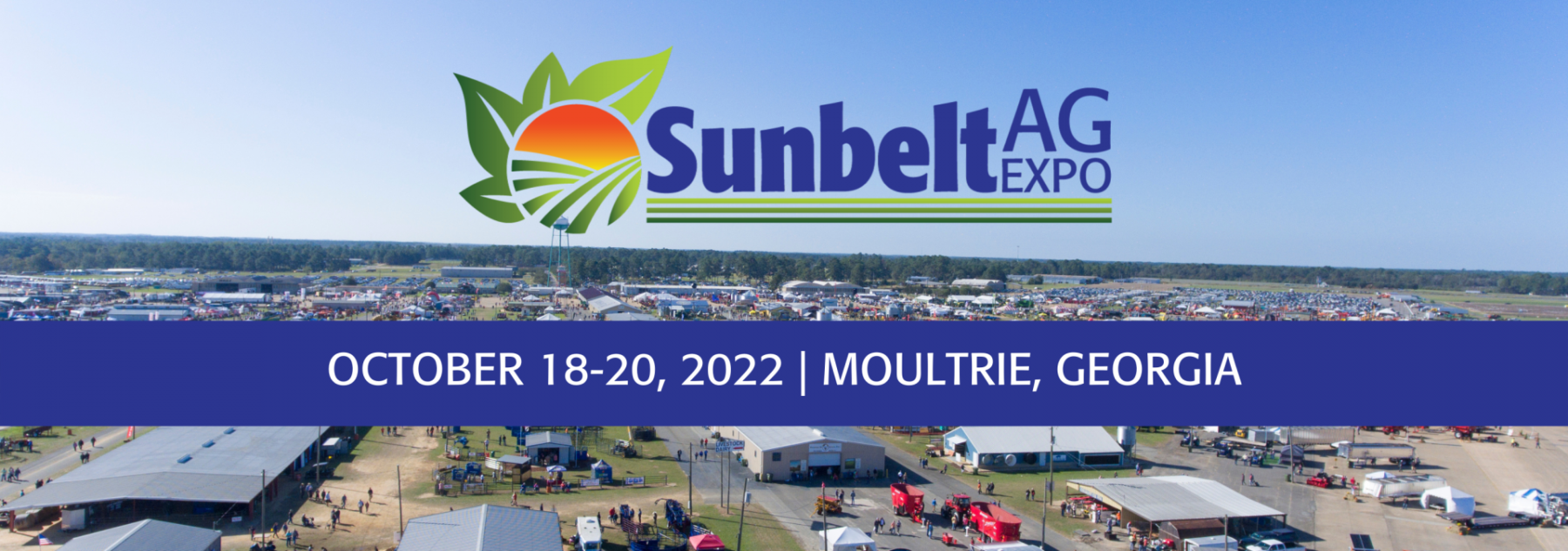
Come visit the members of the UGA Forage Team and other forage specialists from around the Southeast in Moultrie, GA at the Sunbelt Ag Expo on October 18-20. There will be forage seminars, displays and demonstrations all three days. In addition, the winners from the Southeastern Hay Contest will be announced. Over 1200 exhibitors are…
Posted in: News -
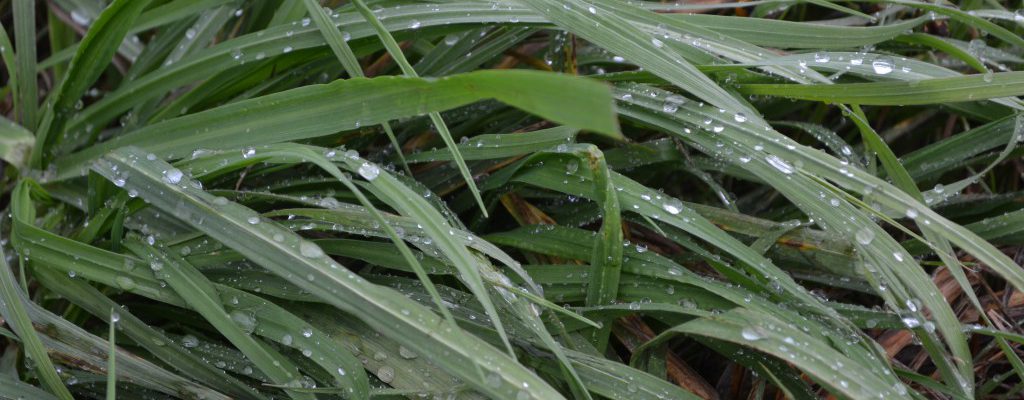
Tall Fescue (Lolium arundinaceum), a cool season perennial grass, is an important forage base for beef cattle in north Georgia. Though majority of the total yearly production of fescue occurs in spring, this grass is also productive during early summer, fall, and late winter as well as in mid-summer if moisture conditions are favorable. In…
-

Potassium is an essential element in plants and is considered one of the three macronutrients, along with nitrogen and phosphorus. The amount of K is reported in almost all routine soil samples. Unfortunately, with price increases, it has gone from being the least expensive to the most expensive of the three macronutrients. Ignoring the importance…
-
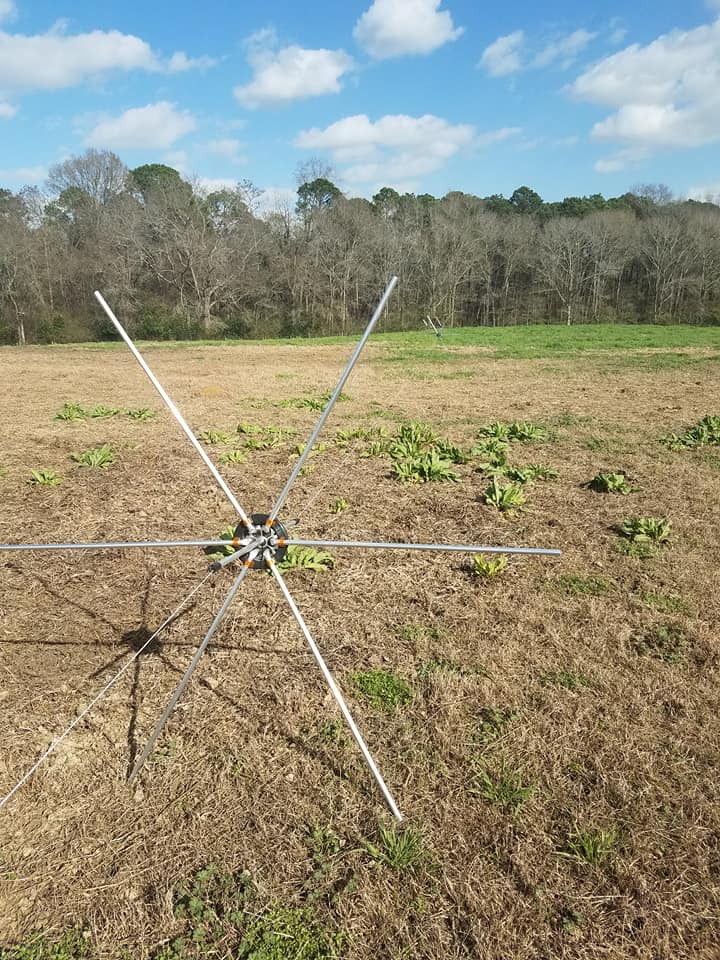
The fact that rotational grazing systems are a more efficient use of forages than continuous grazing should not be a novel idea. Years of research have proven that giving forages ample time to rest and recuperate between grazing times, produces more, higher quality yield. Installing a rotational grazing system is not quite as easy as…
-
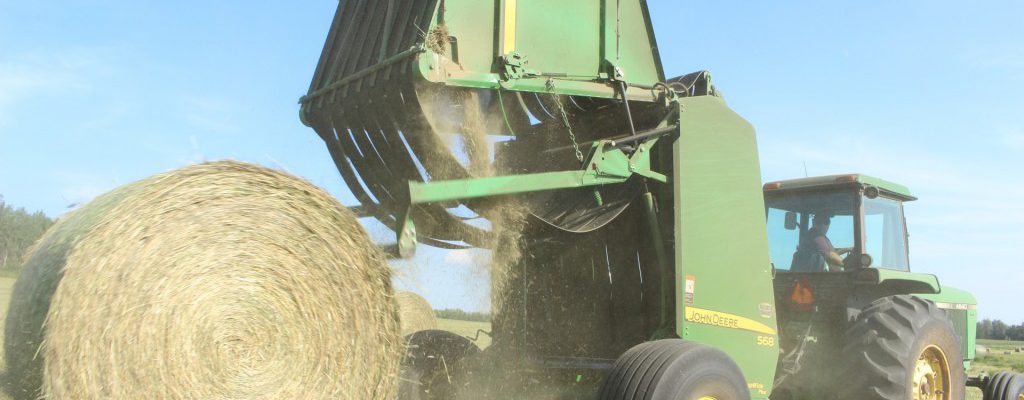
By Carole Knight Bulloch County CEA As temperatures begin to creep up and spring starts to arrive, it is time to start thinking about the coming hay season. Timing is everything when it comes to high-quality hay production. A pre-harvest inspection of your hay making equipment can help make up valuable time and hopefully cut…
-

By Jeremy Kichler Colquitt County CEC Winter annual crops can make excellent food plots for wildlife. Cool season grasses include wheat, oats, rye, and triticale. Clovers can be planted in food plots in order to attract insects and produce seed for birds. Soil Sample One of the first things wildlife enthusiasts need to do is…
-
By Adam Speir Madison County CEC For most forage producers, disease is usually the least dealt-with component of the “forage pest-trifecta” of weeds, insects, and diseases. Just like humans, forages have a general tendency to withstand disease pathogens that are present in the environment. However, situations can develop where disease issues arise and producers are…
-
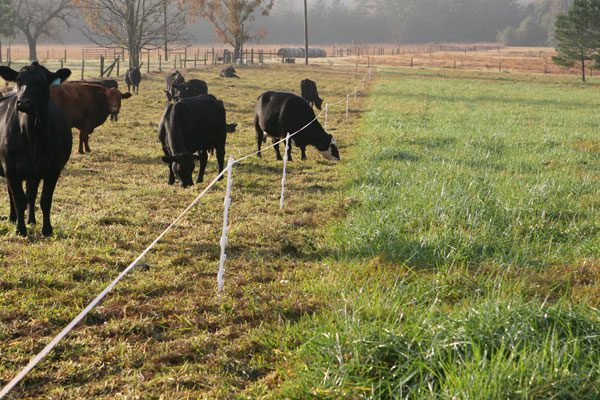
By Ray Hicks Screven County CEC The cost of hay and feed for winter supplementation is one of the largest expenses for cattle producers. Stockpiling bermudagrass or bahiagrass fields for grazing use in the winter can help save on hay cost and labor. You can expect to get 30 to 60 days of grazing from…
-

By Lucy Ray Morgan County CEC The horse has one of the most complex, and arguably, the most frustrating, digestive systems of any grazing livestock species that owners/producers deal with. When one thinks of feeding horses, frightening scenarios like colic and founder can come to mind. While certain parts of the horse’s digestive system can…
Posted in: horse -
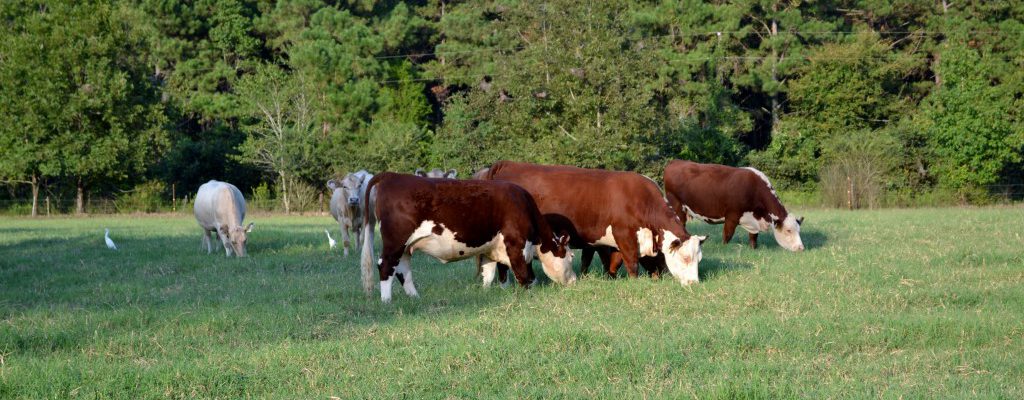
By Steve Morgan Harris County CEC There are many important components in a successful livestock production system. One of the most important tasks in grazing management is understanding livestock stocking rate. It is critical in making timely management decisions that affect profits in beef cattle production. The optimum number of animals on a pasture makes…
Posted in: Grazing